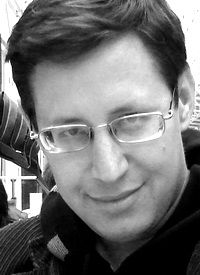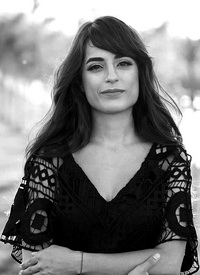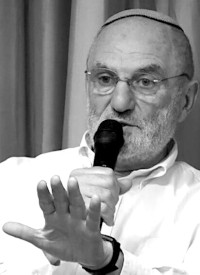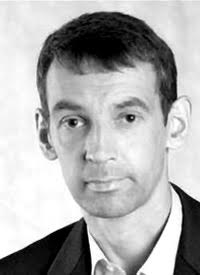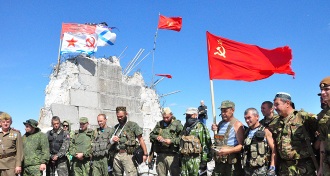
Savur-Mohyla [Savur Tomb] – a strategic height in Donetsk region near Russian border. During WWII this height was the point of intense fighting between Soviet and German forces. In 1963 the memorial obelisk was unveiled on the top of the hill. In August 2014 it became the point of the battle between Ukrainian army and Donbass rebels. In result the obelisk was destroyed and the site is full of dead bodies[many of them still not buried] and mines presenting a serious danger for the locals.
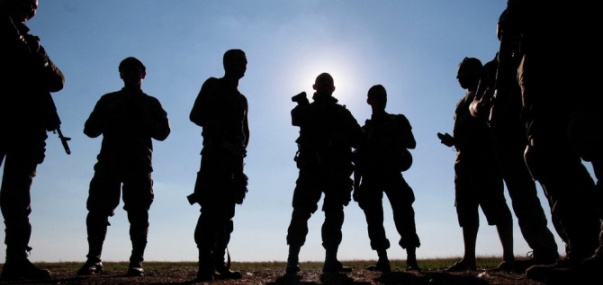
The border steppe is dotted with the burnt carcasses of the military vehicles. From afar they look like harvesters – peaceful harvesters staying in sunflower and wheat fields – the harvest was not gathered this year in the region. The road to the town of Torez is dotted with shell craters and potholes – we have to go round them on the sidelines. Cut power lines wind over the craters like metal snakes. The sounds of cannonade are heard from far away, while the tornado of smoke rises over the steppe.
I used to be here before – on Savur-Mohyla - together with my friends. The site was impressive not only for its monument, but also for its wonderful view: many kilometers of the steppe mounds and hollows stretching till the horizon. The locals may tell you that even the Azov sea is visible when it’s fine weather. The air flows on the top of the hill were so strong that we used to take pictures on cliff edge – arms outstretched and the wind blowing from the sea supported us. Today there is a fortified post of the Donbass militia under Soviet Navy flag and with an anti-aircraft gun with the inscription “Republic” over its barrel. When we visited the post, the water and food was just brought there.
- Did you serve in the Navy? – I asked the militiaman, pointing at the Soviet Navy flag.
- Our comrade Victor served there – he brought it. But now Victor is lying over there – answered he, pointing at the hillside with some graves with crosses.
Savur-Mohyla is marked in Ukrainian and Russian history and literature, but now it’s just a huge tomb with destroyed monuments depicting soldiers and miners. Now everything is in shell-holes, covered with shell pieces and cartridge cases. The staircase leading to the monument is completely destroyed. The fur-trees planted in the alley – look like palm-trees with cut tops and branches. One of the APCs of the Ukrainian land-troopers was shot-up just under the staircase – but it seems that it still tries to climb up the hill. Everywhere there are fresh graves – at the top of the hill and at its bottom as well.
The bodies are being buried here permanently and most of them are unidentified. The date of death marked on the crosses: October 2. From the South-West the wind brings a strong putrid smell. According to militia, there are many dead bodies lying still in the ravine – the point of intense battle, though they are out of reach because of mines and bombs.
“First, one side hold the fort here, then – the other. We tried to clear the ravines from mines, though after some explosions we stopped it – said the militiaman - We help the searchers from Ukraine to find the bodies. Recently some mothers from Dnipropetrovsk and Khmelnitsky regions happened to come here. We met them warmly (my father is from Vinnitsa, by the way), fed them, brought to the village to spend the night, but we didn’t let them to the ravine because of mines. They tried to cheat us and went there in the evening, nevertheless. So, we had to stop them.”
The villages Stepanovka, Marinovka, Saurovka, Manuylovo and many other – are destroyed. Many houses are burnt down; the larger buildings were turned into the debris of bricks. Near the village of Saurovka (landscape park “Donetsk ridge”) a new cemetery for just killed people was made recently.
«They advanced behind the tanks shooting at everything and everybody moving: cows or people» – the crying old woman tells about Ukrainian soldiers’ advancement. She speaks a rather specific dialect close to Ukrainian even more than commonly used in Ukraine ‘surzhik’ [a spoken dialect in Ukraine – mixture of Russian and Ukrainian]. Even the neighbouring Russian Taganrog-city once was in Ukrainian Soviet Socialist Republic.
“My neighbours who lived across the street were shot down by Ukrainian soldiers – I even don’t know why… they caught them in the courtyard and…. Soldiers’ eyes were like bloodshot. They were beating our guys and then taking them away. Then it was announced that our guys were the rebels and they were ‘killed by chance in result of shelling’”.
In the village of Saurovka 6 men were murdered – they were ordinary farmers. The relatives couldn’t find them for a long time. The relatives called them (because the lost bodies often were found due the ring of the phone) but when the bodies were finally found – there were no phones with them. Most likely the phones were taken away before execution. One of the murdered, as it turned, was found ‘guilty’ because the last spring somebody wrote the word ‘Referendum!” on his fence.
At least 4 women were raped only in this village. One of those women – Julia – was going home from her relatives in the town of Krasniy Luch situated near the border with Luhansk region. She had all the needed papers with her. However, during three days the soldiers have been passing her from one checkpoint to another one…. Some soldiers were drunk. The other fed her and talked about her life, allegedly, they tried to express in such a way their ‘close relationships’. Then she escaped – she run away over the fields at night.
According to the local residents, some 15 locals are still missing persons – mostly young men and women. At first there was a hope that they escaped – fled from the village or went to Russia – but with every day passing without any contact with them – the hope vanishes.
The village of Manuylovo is almost completely destroyed. The shot-down military vehicles are right on the streets. The local farmer points at the ruins of the former village culture centre and says that ‘under Soviets’ there was a very active chairman of the village council, awarded with “Labour hero” order. That’s he developed the hydroponic farm industry in the village, then built the community culture centre for that money and used to invite the ballet show from Donetsk theatre. Ballett and hydroponic farms… now it seems incredible here – like the legend about the ancient times.
Last month the residents of the village have been making dugouts – to live there and to hide from the shells. And, of course, they permanently buried their fellows or soldiers found dead in the weeds or ravines. However, the main problem is still the mines hidden or masked everywhere – just the day before there was an explosion and one of the farmers survived by a miracle.
“And how many other bodies will be found only next spring when ground that covers them will be washed away by streams?”” – said the local woman, while standing on the road behind her house damaged by shelling. We asked her how to find a way to Savur-Mohyla [“mohyla” = “tomb”].
“The tomb is everywhere here “ – sighs she.
Andrey Manchuk
Translation: Dmitriy Kolesnik
-
Історія
Африка и немцы - история колонизации Намибии
Илья Деревянко история колонизации Намибии>> -
Економіка
Уолл-стрит рассчитывает на прибыли от войны
Илай Клифтон Спрос растет>> -
Антифашизм
Комплекс Бандеры. Фашисты: история, функции, сети
Junge Welt Против ревизионизма>> -
Історія
«Красная скала». Камни истории и флаги войны
Андрій Манчук Создатели конфликта>>

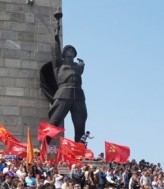
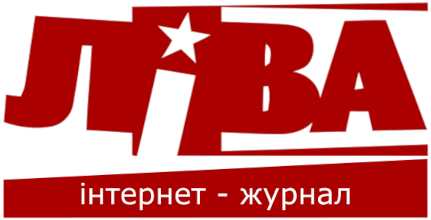










 RSS
RSS

